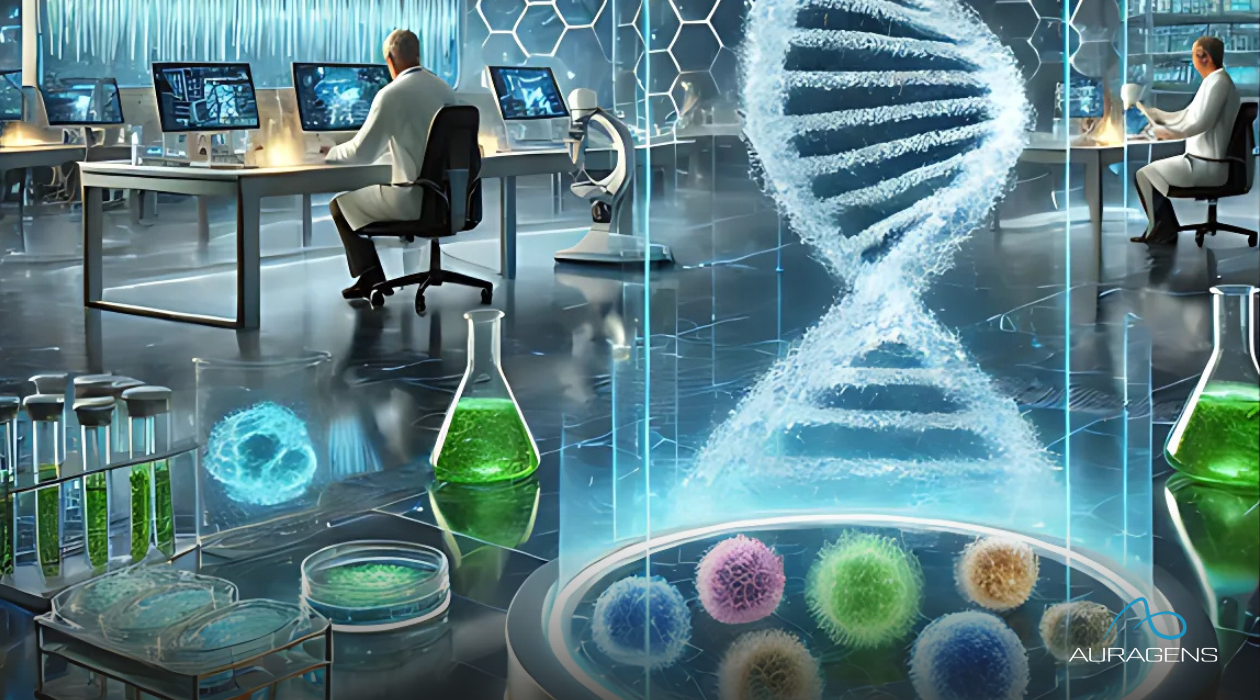✅ Migrate to areas of injury – hu-MSCs naturally home in on damaged or inflamed tissues, drawn by distress signals released by the body.
✅ Modulate the immune system – They help regulate immune responses, making them valuable for conditions like autoimmune diseases, lung disorders, and neurological conditions.
✅ Reduce inflammation – hu-MSCs release anti-inflammatory molecules such as Interleukin-10 (IL-10) and Transforming Growth Factor-Beta (TGF-β) to calm overactive immune responses.
✅ Promote healing – They secrete growth factors like Vascular Endothelial Growth Factor (VEGF) to stimulate tissue regeneration and repair.
✅ Fight fibrosis – hu-MSCs help prevent scarring in organs such as the lungs, liver, and kidneys, making them useful for conditions like pulmonary fibrosis and liver disease.


